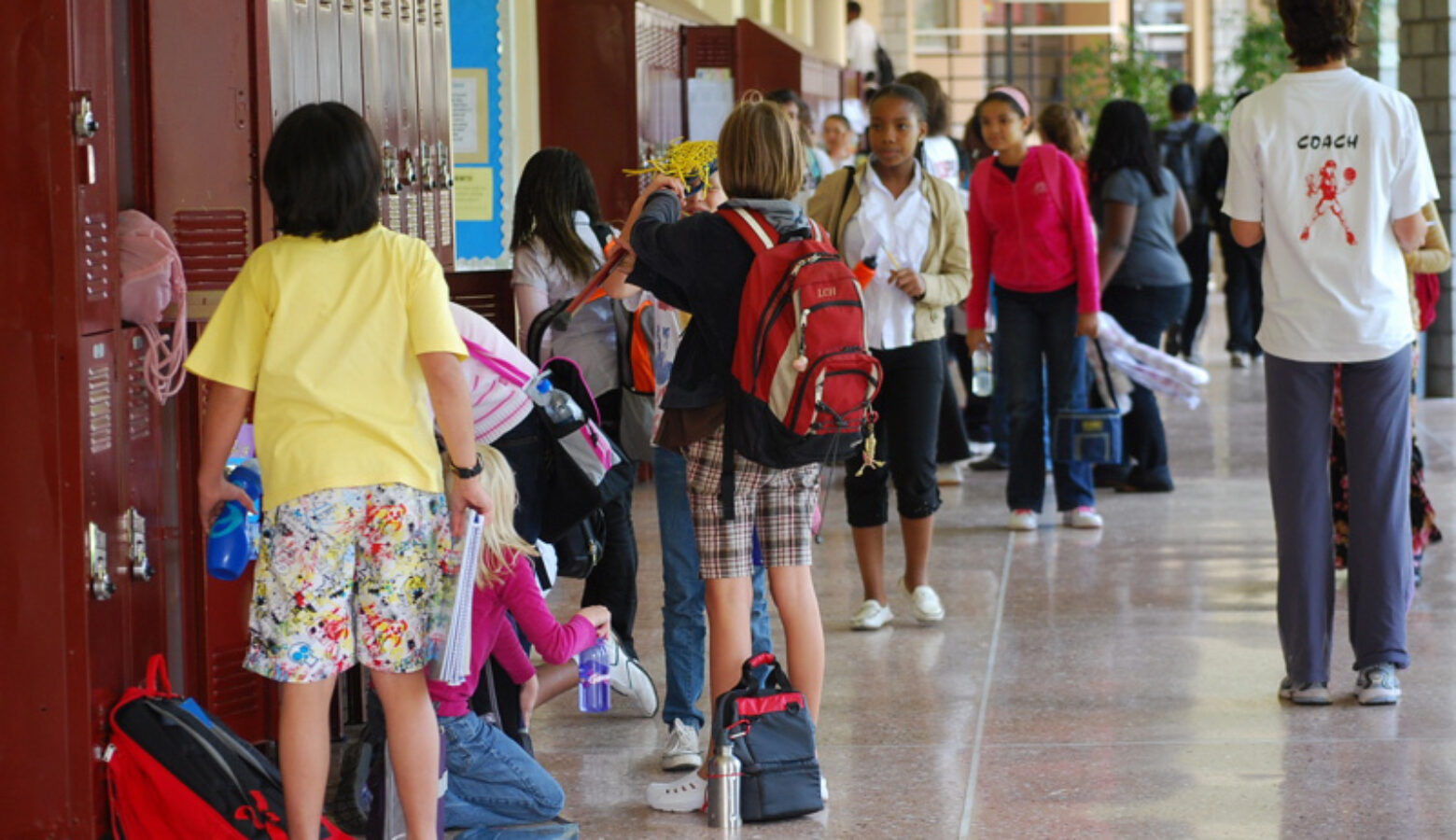National report: 41 percent of Hoosier students have adverse childhood experiences, hinder learning

A new national report paints a picture of how kids’ overall well-being has changed in recent years. In education, the report said students are struggling to overcome pandemic learning loss and factors like poverty, trauma and school absences.
The Annie E. Casey Foundation’s national Kids Count Data Book said kids cannot leave high school ready to earn if they do not arrive at school ready to learn.
It describes how adverse childhood experiences significantly hinder a child’s ability to learn. Those experiences include poverty, economic hardship, divorce, violence and living with someone who has a mental illness or struggles with substance abuse.
The report said 41 percent of kids in Indiana have lived through at least one adverse childhood experience.
It cites studies that show children who go through adverse childhood experiences are more likely to repeat grades in school, struggle with emotional and behavioral issues, and perform below grade level in math and reading.
Children with those types of experiences are also more likely to be chronically absent from school — causing them to fall further behind.
Ashley Haynes is vice president of data and communications at the Indiana Youth Institute, the state affiliate for the Kids Count network.
“Things like your math test or your reading might not be top of mind for that kid because they might be dealing with things like poverty or housing insecurity,” she said.
READ MORE: Indiana is middle of the pack in the U.S. for overall child well-being
Join the conversation and sign up for the Indiana Two-Way. Text “Indiana” to 765-275-1120. Your comments and questions in response to our weekly text help us find the answers you need on statewide issues.
The report also lists pandemic learning loss as another hurdle to improving kids’ educational well-being.
“We’re really starting to get into some of that pre-and post-COVID data and starting to be able to see the trends and potential correlations on student performance,” Haynes said.
She added that the data from this year’s report provides insight into how the pandemic impacted learning and students’ progress toward catching up.
“Being able to actually see the data reported is really going to help both our community leaders and our schools start to use that information to make more impactful changes and really understand how our kids are doing,” she said.
To improve learning outcomes, the report said states can bolster services and resources that help kids learn, like tutoring, and ensure students have access to mental health support.
Kirsten is our education reporter. Contact her at [email protected] or follow her on Twitter at @kirsten_adair.
